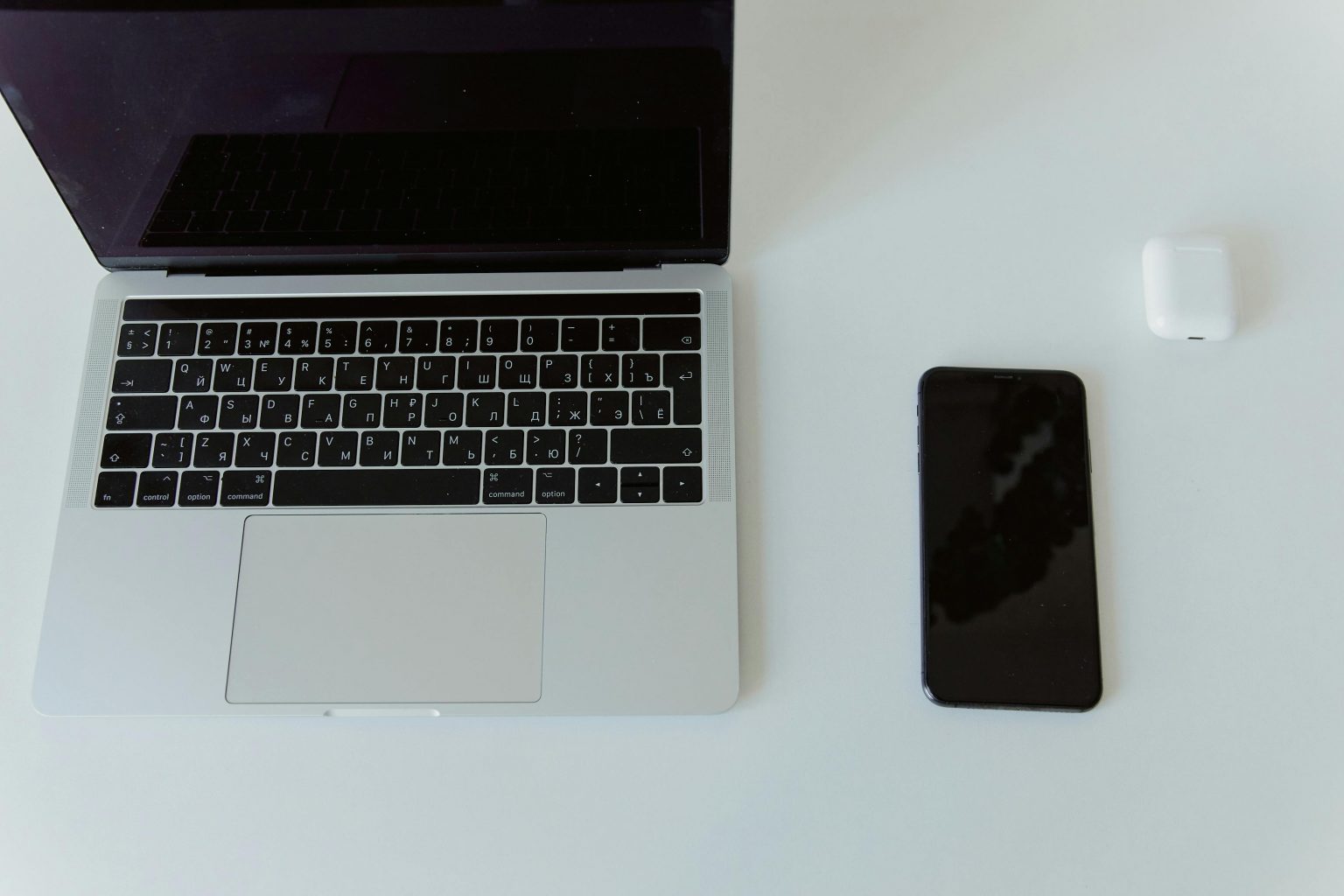1. Introduction
Brief description of the unit: In this unit you will learn the main concepts about sustainable living, a quite central discussion nowadays, and how to measure and which concrete measures to take to become “greener”. In other words, you will be able to check. We will chat about your “environmental footprint” – basically, how your actions impact the planet. We will dig into how what you do every day affects not just your surroundings but the whole community. We will also figure out the do’s and don’ts to steer clear of any harm to the environment and people.
Basically, we will discuss the daily routine that most of the people have in European Union, from water and energy consumption, transportation, and shopping habits. Can we do it better? Sure we can, together with our neighbours as well.
Competence statement:
To recognise the main topics around sustainable living and ecological footprint, identify the main dimensions, and learn how everyone can concretely contribute to upkeep a sustainable lifestyle.
Learning outcomes:
- Recognise the importance of a sustainable lifestyle and how to concretely review one’s habits
- Learn about the environmental footprint and how it is connected to newer generations
- Get acquainted with the importance of engaging more people and local authorities to promote sustainable living
Keywords: sustainable living, ecological footprint, intergenerational justice
Expected time: 8 hours
2. Sustainable living
You might heard of it on the news – the overshoot day. It is the date when humanity’s demand for ecological resources and services in a given year exceeds what Earth can regenerate in that year. In other words, if we see “sustainability” as an amount of goods and resources that are provided by the Earth to sustain our activities, we should make sure that we have such resources for an entire year. Instead, the overshoot day marks the date when humanity has exhausted “nature’s budget” for the year. For the rest of the year, we are maintaining our ecological deficit by drawing down local resource stocks and accumulating carbon dioxide in the atmosphere.
In this sense, we can practically understand the meaning of “sustainable living”. Every year, the overshooting day falls on a different day, and it gets closer and closer to January, where January means “total lack of sustainability” and, where “December” features perfect world sustainability. You can check at the following picture available at overshootday.org

Certainly, we individually and collectively do not equally contribute to such a “natural debt”.
To practically check what sustainable lifestyle can be shaped, and major advice, check the following paragraph!
Practical material
The sustainable genius (Activity 1)
Presentation
Activities for reflection

Review your everyday habits. Could you detect one of them and turn it into a more sustainable habit?

Do you think sustainability is only environmental? why? why not?

3. A sustainable life!
Adjustments to daily routines can yield significant contributions to a healthier planet. Transitioning to these practices may pose some challenges, especially for those accustomed to a specific lifestyle. The good news is that it is never too late to change little things and feel better! In this sense, we would like you to reflect on the concept of sustainability in everyday practices, because change is not only at a major scale, but also with everyday choices.
It’s essential to recognize that these suggestions may not universally apply or suit every circumstance, but for sure we can determine whether we impact more or less according to the choices we make.
First of all, what does it mean “to have a sustainable life”? A sustainable lifestyle involves making choices and adopting practices that prioritise environmental conservation, social responsibility, and economic balance. Differently said, it is when the individual well-being and the community well-being are at balance.
It is fundamental to discuss the Zero Waste concept, and reflect how to apply each concept in everyday aspects of life, and make it a real philosophy! In these terms, it is fundamental to understand all the different purchases we do, why, and what happens afterwards.

REFUSE: Always say no to single-use plastics and free plastic items. Do you need a straw for your drink? No. A one-time bag for your groceries (even if it is biodegradable!)? No. A complimentary pen at an event? Politely refuse. These items often end up discarded after a brief use, contributing to environmental strain. Opt for eco-friendly alternatives like paper bags and straws, or better yet, bring your own reusables such as cotton bags and bamboo cutlery.
REDUCE: Reduce the consumption of packaged and plastic products. Swap plastic items for those in paper or, better yet, products with no packaging. Opt for high-quality, durable items that last longer, minimizing the need for frequent replacements. To be mindful of techwaste which is very crucial when it comes to save strategic resources and rare elements (check Module 1!), as techwaste is only recycled by 40% in Europe! Make sure to contact your local municipality recycling services to understand how to correctly dispose of techwaste.
REUSE: Before discarding, consider if you can repurpose items. Glass jars, for instance, can be used to store food, as drinking glasses, to freeze soup or sauce, or to organise your kitchen. Repairing items, like shoes and clothes, instead of discarding them reduces the demand for new resources and prevents waste. It is crucial to learn how to restore items and to be mindful that your consumer choices and time allocation impact the environment. While individual choices matter, systemic changes are essential at the country and international trade regulation levels, considering the influence of large corporations and unfair business practices.
RECYCLE: Ensure proper recycling of items that cannot be reused. Separate materials in products or packaging when necessary, especially when dealing with a combination of plastics and paper. Approximately 9.2 billion tons of plastics have been produced since 1950, with only 9% processed, 12% burned, and 79% ending up in landfills or the environment.
ROT: As a dedicated zero-waster, aim to eliminate waste destined for landfills. Any non-recyclable waste should be organic. After use, let it decompose, preferably through composting. Proper disposal of organic waste is crucial to prevent it from emitting greenhouse gasses when trapped in landfills.
Activities for reflection

Take the pyramid above and try to check what you would like to plan in your everyday life!

Can you guess when the next overshooting day? Why?

4. The tragedy of commons
We have learned many useful things, but why is global change so hard to achieve? If you think it over, if everyone does what we have just read, it would be so awesome to achieve. However, we constantly live in a trap called “tragedy of commons”. Let’s start with an example. You pay water taxes, so you might think that you are entitled to consume as much water as you like just because you pay for it, and that would make sense in a place where such a good (water) is infinitely produced by a system. The same goes with electricity – nowadays the majority of electricity production still comes from non-renewable sources, so the more we consume electricity, the more we will put a strain on the natural capacity of the Earth to provide such goods for us.
So, let’s try to understand the concept of the “tragedy of commons”.
Imagine a shared pasture where everyone in the community grazes their animals. If each person adds more animals to get the most benefit for themselves, eventually, the pasture becomes overgrazed and barren, harming everyone. In the same way, when it comes to the environment, resources like clean air, water, and forests are shared globally. If each country or person overuses or pollutes these resources for individual gain, it harms the planet, making it challenging to address global environmental issues.
Achieving global causes becomes difficult because it requires cooperation and shared responsibility, and without proper management, the shared “pasture” of our planet can suffer from overuse and degradation. In this way, a “commons” refers to a shared resource, typically a piece of land or other environmental asset that is open for use by a community.
In this way, when we simply renounce to reform our individual behaviours we are playing in a “tragedy of commons” situation, as “commons” are those goods that are available by everyone, and whose economic value hides their global importance.
Practical material
Playing sustainability (Activity 2)
The fishing game
Activities for reflection

Think of some shared places in your neighbourhood – what kind of situation of “tragedy of commons” you see?

Can you suggest some global sources that are “commons”?

5. Greenwashing and sustainable purchase
As explained before, adopting a more sustainable lifestyle means to apply the Zero Waste Strategy. However, not all the green glitters! Especially, more and more there is a strategic and systematic attempt by bigger corporations, especially, to “greenify” them! In other words, they try to underline how things are sustainable, and how they do not harm the environment, while it is more a word twister, rather than an actual fact.
Certainly, this cannot be generalised, but it is reality, and it is important to be aware and to know how to navigate through a jungle of labels and adverts.
What we have just described is called “greenwashing”. Greenwashing happens when a company makes an environmental claim about something the organisation is doing that is intended to promote a sense of environmental impact that doesn’t exist. The green claim is typically about some form of positive effect on the environment.

In this sense, it is fundamental to be able to navigate through the world of labels and follow some practical advice.
First of all, prioritise products with recognized EU certifications for environmental sustainability. Some of the most common ones are:


Another important aspect to discuss regards compostable and biodegradable products, which seem similar or even synonyms, but they are actually very different. When it comes to understanding the differences between biodegradable and compostable packaging, it’s essential to know that biodegradable items break down into natural substances over time, while compostable items turn into nutrient-rich compost in specific composting conditions.
Some practical tips:
- Check product labels for terms like “compostable” or “PLA” (a compostable bioplastic).
- Look for certifications such as “OK Compost” or “ASTM D6400,” which indicate compostability standards.
- Avoid packaging with vague terms like “biodegradable” without specific certifications, as these may not guarantee eco-friendly outcomes.
- Choose products with clear compostable labels ensures they can be turned into valuable compost.

5.1 Sustainable shopping tips
Let’s go through some practical advice and be more environmentally aware.
In general, avoiding packed goods is the best solution. In this sense, it is important to value local markets or traditional goods exchange. For example, exchanging a baked cafe for a bag of cabbage, or some fresh eggs for some freshly picked fruit and so can be both a great baseline for nice neighbour relations, as well as a way to save money and get locally grown food.
An interesting approach regards the group purchases applied on groceries, both to support local farmers as well as to regularly get fresh supplies that are not packed. Buying in bulk from local suppliers is a great way to make the local economy stronger and not feed the transportation system – eating seasonally is key to a more varied diet and environmental approach.
Refrain from buying products with excessive or unnecessary plastic packaging, and use strategies to preserve food, like, for example, making marmalades or creative cooking, not just for you, but for your family or neighbours as well. Such actions make relations stronger.
When it comes to clothes, it is better to buy quality, timeless clothing pieces and consider secondhand or sustainable fashion brands to reduce the environmental impact of the fashion industry. It goes together with second hand shops.
As well as consider the environmental impact of the electronic goods you buy and how you use them. Avoiding the purchase of new electronic equipment is important due to environmental and social issues. Making new devices requires a lot of resources, including rare and precious metals, contributing to habitat destruction and climate change. When these devices are discarded, they create electronic waste, often containing harmful materials. Mining for rare elements can also lead to social problems, including poor working conditions and human rights abuses. Hence, make sure to make your electronic device long laster with wiser usage, and buy regenerated products!
Activities for reflection

Check the products you have home! How many of them have ecolabels? How many have unclear ecological labels?

Check your electronic devices. Could you map them and check how many of them have up to 5 years of usage? Could you check how many of them have less than 5 years of usage?


6. Ecological footprint and intergenerational justice
When you work, you buy, you drive, or you switch on lights or TV, or when you make tea or when you catch a train, when you have a delicious meal, or make a toy for your grandchild you are consuming resources, and you do it everyday.
Imagine all of this as a sum of things that are produced and consumed. So, ecological footprint is a term that measures the rate at which resources are consumed and wastes are generated. It includes things like the energy you use, the food you eat, and the waste you produce.
To check your ecological footprint, you can find online calculators that ask questions about your lifestyle, like how much you drive or what you eat. These calculators then estimate how much land and resources you need to sustain your way of living.
From the other side, a mirror concept is biocapacity. Biocapacity refers to the Earth’s capacity to regenerate renewable resources and absorb waste, providing support for human activities while maintaining ecosystems. It represents the ability of natural systems to produce resources such as food, timber, and renewable energy, as well as to absorb and process waste, including carbon dioxide emissions.
Biocapacity is often measured in global hectares (gha), and it is compared to the ecological footprint, which represents human demand on these resources.

As you can see, we are living on a perennial deficit. In this sense, we are currently jeopardising the future of next generations. Hence, that is why being sustainable is not just a fashion word, or it is something vague or a weird concept brought by younger generations.
Making a difference today means to leave a better off planet for the next generation. We should leave the planet as we expect our grandchildren to experience it. This is what it is called intergenerational justice.
7. Unit in a nutshell

8. Quizzes
9. Further reading
Ecological Footprint of Countries: Deficit or Reserve?
10. References
Salto-Youth. (n.d.). Saving the Earth Starts with You – Green Goes Global Toolbox. Salto-Youth Toolbox.
https://www.salto-youth.net/tools/toolbox/tool/saving-the-earth-starts-with-you-green-goes-global-toolbox.3310/
- EUsteps. (2020). Unit 4 – OPTIONAL: Ecological Footprint Equations. EUsteps.
https://www.eusteps.eu/wp-content/uploads/2020/10/Unit-4-OPTIONAL_EF-equations.pdf
- European Commission. (n.d.). Biobased, biodegradable, and compostable plastics. European Commission.
https://environment.ec.europa.eu/topics/plastics/biobased-biodegradable-and-compostable-plastics_en
- Lazarus, E., Lin, D., Martindill, J., Hardiman, J., Pitney, L., & Galli, A. (2015). Biodiversity Loss and the Ecological Footprint of Trade. Diversity, 7(2), 170-191.
https://doi.org/10.3390/d7020170
- Measure Labs. (n.d.). EU Policy on Biobased, Biodegradable, and Compostable Plastics. Measure Labs Blog.
https://measurlabs.com/blog/eu-policy-on-biobased-biodegradable-and-compostable-plastics/
- The Dieline. (2021, April 12). “Hello, I’m a Paper Bottle” Turns Out to Have a Plastic Surprise Inside. The Dieline.
https://thedieline.com/blog/2021/4/12/hello-im-a-paper-bottle-turns-out-to-have-a-plastic-surprise-inside
- Van Traa. (n.d.). New EU Rules on Labelling of Organic Products. Van Traa.
https://www.vantraa.nl/en/know-how/new-eu-rules-on-labelling-of-organic-products/
- Global Footprint Network. (n.d.). Earth Overshoot Day.
https://www.footprintnetwork.org/our-work/earth-overshoot-day/
